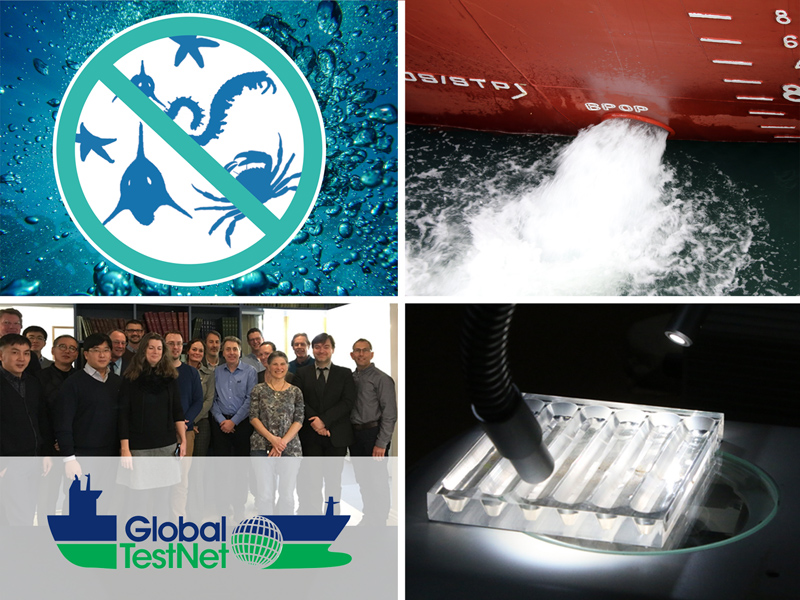Experts from ballast water testing facilities from around the world gathered in London (1-2 February) to discuss the science behind ballast water management. They were meeting as part of the Global TestNet – a forum of organizations involved in standardization, transparency and openness of land-based and/or shipboard testing for the certification of ballast water management systems.
Standardized testing helps to ensure the effectiveness of IMO measures to protect marine ecosystems from potentially harmful invasive aquatic species transported in ships’ ballast water. IMO’s Ballast Water Management Convention requires ships to manage their ballast water and sediments to a certain standard.
Another key
issue on the agenda was biofouling – the build-up of aquatic organisms on ships’
underwater hull and structures – which the
Global TestNet will also be addressing. IMO’s
Antoine Blonce gave a presentation on the subject, introducing IMO’s new GloFouling
project, which is building on the Organization’s work to help protect
marine ecosystems by dealing with potentially invasive species.
Further technical issues discussed at the 9th Global TestNet meeting included so-called challenge water validations, representative sampling and ring testing between test facilities.
The Global TestNet was created in 2013 under the Global Industry Alliance (GIA) of the GloBallast project. IMO was represented at the meeting, which took place at IMarEST headquarters, by Theofanis Karayannis, Megan Jensen, Antoine Blonce and John Alonso.
